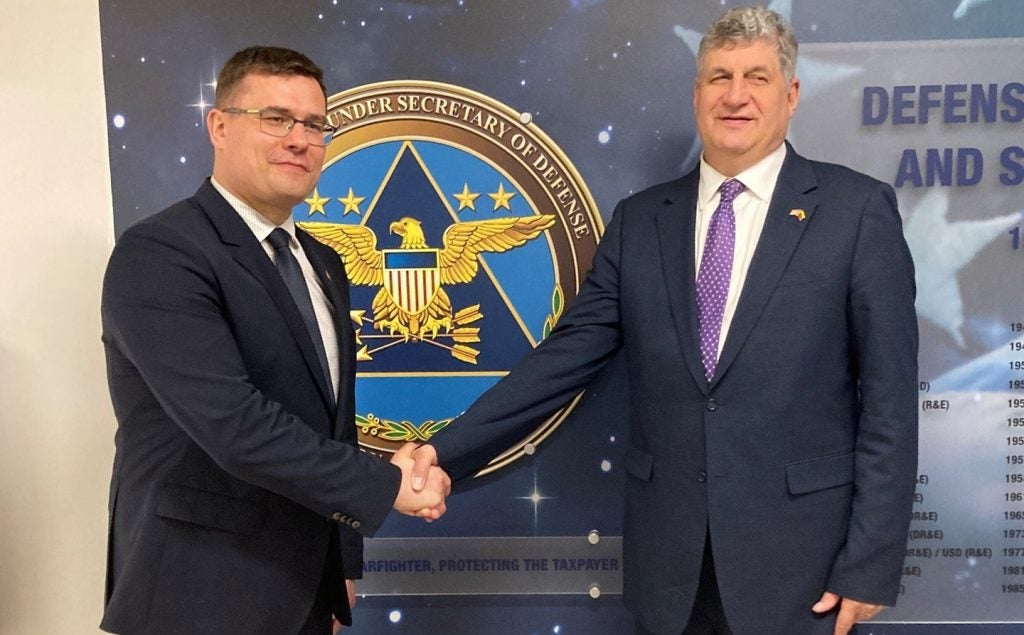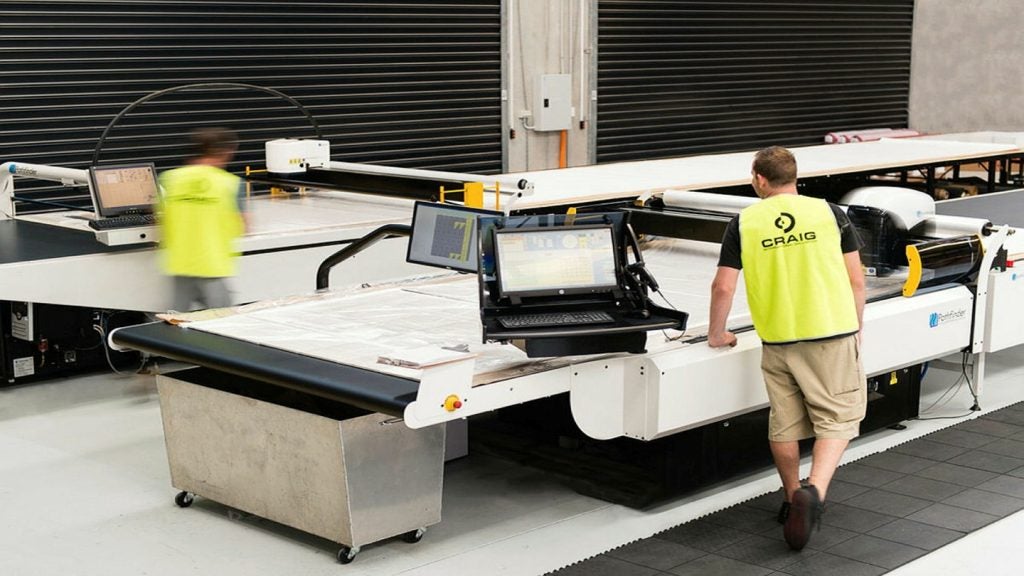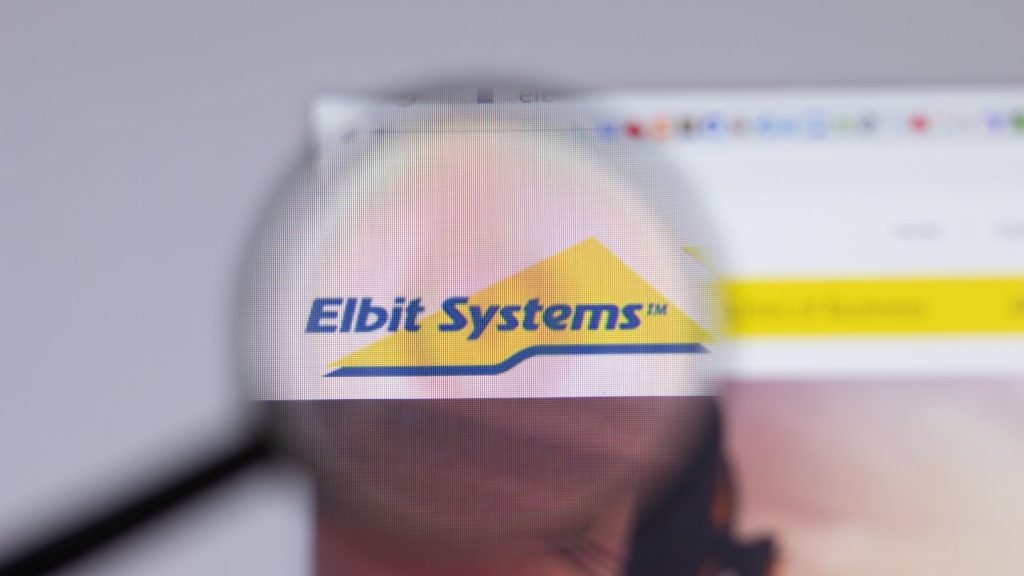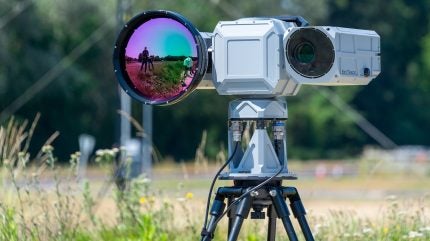
The conflicts and geopolitical disruptions of the past two years, whether Russia’s war in Ukraine, tensions between the United States and China, or crisis in Israel and Gaza, have reinforced the dynamic and volatile nature of modern warfare and security. Graeme Mackay, vice president, L3Harris UK, provides his thoughts on a technology-led approach can transform the sector.
Armed forces face a rapidly evolving range of threats – and a hugely expanding range of data, information and intelligence to comprehend and act on. This shift requires a new approach to developing and acquiring the technologies and capabilities to respond effectively.
In decades past, the armed forces focused on procurement of large platforms – be it aircraft, ships, submarines or tanks. They collaborated with industry to work out the best joint implementation to meet their needs. But the more interconnected, cross-domain nature of current conflicts is prompting us to think about new ways to enhance our armed forces’ effectiveness and efficiency.
Rather than starting with a large platform and working inward, the defence community has the potential to work from a new starting point, putting data and information at the centre and building outward. The result could deliver a seismic shift in our capabilities.
Technology at the centre of the wheel
The UK Ministry of Defence has already outlined its ambition to move to this “technology-centric approach” in the 2023 Defence Command Paper, with reforms to acquisition to make it possible. This approach will require a new way of collaborating with industry, which presents a great opportunity for partnership.
Our armed forces need the ability to assess, respond to and stay ahead of emerging threats. The technologies to enable this are growing in sophistication and complexity, and increasingly can collect, transmit and interpret information and data in almost real-time, the crux of successful modern warfare.
How well do you really know your competitors?
Access the most comprehensive Company Profiles on the market, powered by GlobalData. Save hours of research. Gain competitive edge.

Thank you!
Your download email will arrive shortly
Not ready to buy yet? Download a free sample
We are confident about the unique quality of our Company Profiles. However, we want you to make the most beneficial decision for your business, so we offer a free sample that you can download by submitting the below form
By GlobalDataTimely, accurate data analysis offers multiple battle-winning opportunities, including swiftly determining the enemy’s location in the battle environment, processing, exploiting and disseminating critical intelligence, and assessing progress against a plan of action to reach and neutralise a specific threat.
Our armed forces need the ability to assess, respond to and stay ahead of emerging threats
Graeme Mackay, vice president, L3Harris UK
But rather than risk being bound by the limitations of specific platforms — the traditional approach to defence capability development — the priority should be to build capability by putting these cutting-edge technologies and systems first, to maximise their full power and effectiveness. It will enable greater innovation and integration of technologies, particularly where interoperability is essential.
The Command Paper warns, “To stay at the cutting edge, we need to move decisively away from a platform-centric approach in favour of a focus on the military effects we are seeking to achieve. Through a technology-centric approach we will achieve an acceleration in battlefield decision making, greater mass, increased productivity in the force and, most importantly, significantly more lethality.”
Fortunately, we have evidence that this needs-driven approach can work.
In 2023, L3Harris, together with industry partners, undertook Project EVEREST, an experiment at the UK’s Defence BattleLab in Dorset designed to test a range of data and communications systems, offering all domain connectivity in an operational setting. EVEREST demonstrated that by combining software-defined radios with satellite communications, sensors and resilient electronic surveillance capabilities, the user could access an integrated, real-time network of data, to deliver unprecedented situational awareness in the most complex and demanding environments.
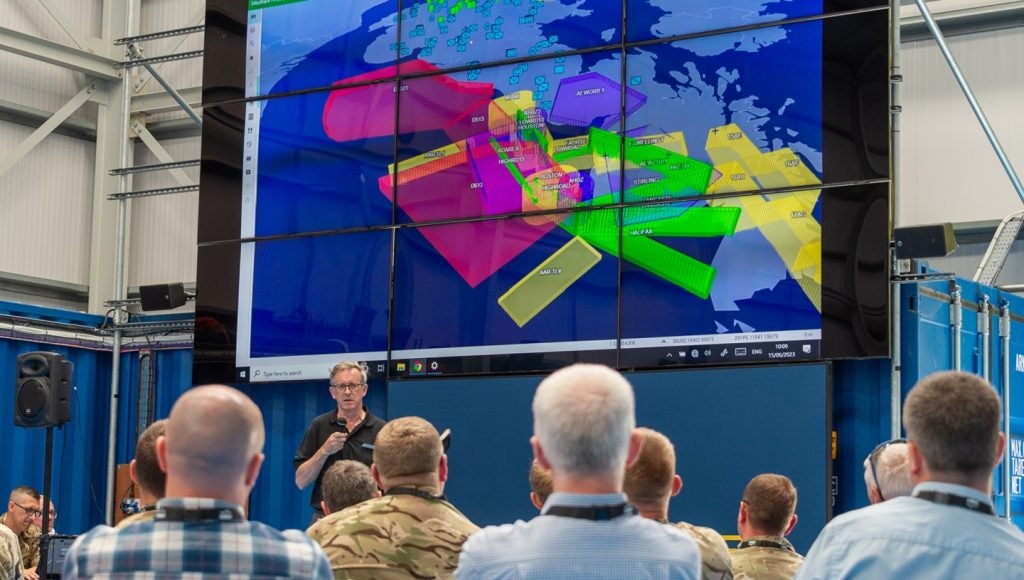
EVEREST demonstrated the value of near-real-time data implemented in an open system across multiple platforms, providing credible evidence of threat, and transmitting that intelligence via multiple bearers to decision makers for rapid decision-making. EVEREST utilised an infrastructure suitable for interoperability with our allies, particularly Nato and AUKUS members, as interoperability and cross-domain capabilities become even more important.
This infrastructure will allow our armed forces to invest in capabilities that are more effective, have a longer lifespan and can be more easily upgraded.
This approach of placing data and information at the heart of the capability rather than the platform, is not limited to the land domain. AirSeeker provides a perfect example: a heavily modified C-135 airframe, spirally developed to deliver success on operations deep into the 21st century.
And at sea, autonomy and automation can enable a range of advanced capabilities, from mine-hunting to intelligence and surveillance, at pace and at reduced risk. Data and digitisation lie at the heart of the potential to do that safely and effectively, rather than the bounded platform itself.
Adapting to a new structure
To deliver success, adoption of these principles will become the norm. The next step should be to launch greenfield pilot projects that allow the armed forces and defence sector to further test this approach to acquisition. Together, we can identify and prioritise data and information needs, assess the technologies needed to address them, and co-develop them.
The right types of systems must be future-proofed so they can be continually upgraded, rather than remain static. That will enable us to meet our armed forces’ urgent priorities now and suit the evolution of warfare for years to come.
Technological prowess will continue to be key, but the nature of its integration into the delivery of capability must evolve. No longer is it just about the most advanced fighter jet or most agile seacraft. Instead, supremacy in this new era will be based on what these platforms see and send to their users, and how quickly and effectively they do it.
As our armed forces, defence procurement agencies and defence companies adopt this new approach, the impact on future warfare will be game-changing.



